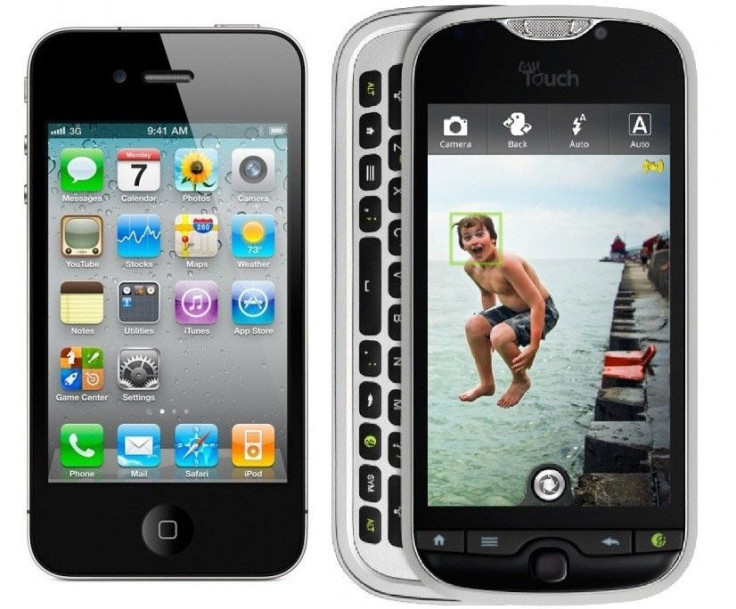5 Reasons Why Android-based Smartphones Could Dominate Apple

The iPhone 5 is on the way, but will it live up to the usual Apple hype? The answer will likely come by September.
In the meantime, here are are five reasons why Android-based smartphones can win over Apple's iPhone in the smartphone market:
Adobe Flash: Flash is a multimedia platform which is used to add videos, animations and interactivity to Web pages. Apple’s iPhone 4, which runs on iOS 4, did not support Adobe Flash. Apple CEO Steve Jobs said in April 2010 that Apple would not support Flash as “Flash was created during the PC era - for PCs and mice. He added that But the mobile era is about low power devices, touch interfaces and open Web standards - all areas where Flash falls short. This decision by Apple has failed to provide users with the experience of watching Flash videos, accessing Flash websites and playing Flash oriented games. A previous estimation said that 95 percent of PCs have Flash and Adobe claimed that 98 percent of U.S. Web users have installed the Flash Player.
NFC Support: Apple’s iPhone 4 was expected to arrive with NFC support but that never happened. This is one area where other Android-based smartphones like Samsung Galaxy S2 and Google Nexus 4G can really capitalize upon. The upcoming iPhone 5 will also not have NFC. In May, the BusinessInsider, quoting a Bernstein report, said that Apple's next iPhone will not support NFC-based mobile payment. The upcoming iOS 5 will also miss out on the Google Wallet that arrived in May.
Screen Dimensions: Apple, every year, is rumored to feature a bigger screen size which later turns out to halt at 3.5-inch. Even this year, the upcoming iPhone 5 is expected to feature a 3.7-inch screen but users will have to wait and see. The Android-based smartphones in the market have a screen size that is normally around 4-inch. An Apple-made smartphone with a bigger display (at least 4-inch) is unlikely to happen sometime soon.
Battery: Apple’s iPhone 4 runs on a battery that has received remarkable acclamation from all the critics due to its extraordinary battery life. The only problem, however, is that it cannot be swapped with a fully charged one when the existing battery runs out of power as the batteries cannot be replaced by users. Customers have faced the same problem with Apple’s iPod earlier. It is unlikely that iPhone 5 will have that feature.
Memory: Apple, unlike other smartphones in the market, does not have external storage facility or memory card slot that the users can use when they fill up the existing memory that has been built in with the Apple-made smartphone. The price of memory cards are on an all time low at the moment and users can really make use of several cards for storing music and videos. The iPhone, itself, has offered internal storage ranging from 8GB to 32GB previously which has been very impressive but an external memory card slot would still do a lot of good for back up data.
© Copyright IBTimes 2024. All rights reserved.





















